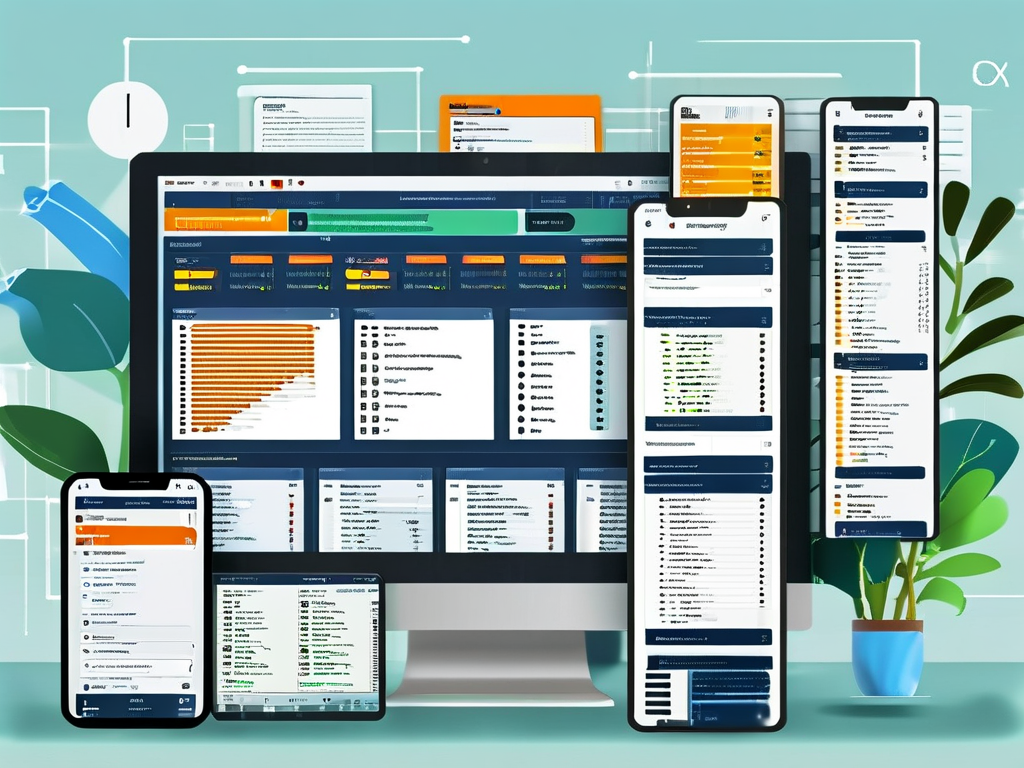Deploying UI automation frameworks requires strategic planning and technical precision to ensure seamless integration with development workflows. Organizations adopting automated testing must address infrastructure compatibility, tool selection, and maintenance protocols while minimizing disruptions to existing systems. Below is a comprehensive guide to deploying UI automation solutions effectively.

Step 1: Evaluate Tool Compatibility
Before implementation, assess whether the chosen automation tool (e.g., Selenium, Cypress, or Playwright) aligns with the application’s technology stack. For web-based projects, cross-browser testing capabilities are critical. Verify if the tool supports dynamic content handling, such as AJAX-loaded elements or single-page applications.
# Example: Selenium WebDriver setup for Chrome
from selenium import webdriver
options = webdriver.ChromeOptions()
options.add_argument("--headless") # Enable headless mode
driver = webdriver.Chrome(options=options)
driver.get("https://example.com")
Step 2: Configure Testing Environments
Isolate testing environments from production systems to prevent unintended interference. Use containerization tools like Docker to replicate consistent setups across development, staging, and testing phases. For cloud-based deployments, leverage platforms like BrowserStack or Sauce Labs for scalable device and OS coverage.
Step 3: Integrate with CI/CD Pipelines
Embed automation scripts into continuous integration workflows using Jenkins, GitHub Actions, or GitLab CI. Schedule regression tests to run after code commits or nightly builds. Ensure failure alerts are routed to relevant teams via Slack or email notifications.
# GitHub Actions workflow example
name: UI Automation Tests
on: [push]
jobs:
test:
runs-on: ubuntu-latest
steps:
- uses: actions/checkout@v2
- name: Run Cypress Tests
uses: cypress-io/github-action@v4
with:
browser: chrome
headless: true
Step 4: Optimize Script Maintenance
Adopt Page Object Model (POM) design patterns to enhance code readability and reduce redundancy. Centralize element locators in reusable classes and implement retry mechanisms for flaky tests. Regularly review test cases to eliminate obsolete scenarios.
Step 5: Monitor Performance Metrics
Track key indicators such as test execution time, pass/fail rates, and defect detection efficiency. Use dashboard tools like Grafana or Kibana to visualize trends and identify bottlenecks. Adjust test suites based on application updates or user behavior changes.
Challenges and Solutions
Common hurdles include dynamic element identification and synchronization delays. Address these by implementing explicit waits or leveraging AI-powered tools like Applitools for visual validation. For legacy systems lacking APIs, combine UI automation with robotic process automation (RPA) techniques.
Cost-Benefit Analysis
While initial setup costs may seem high, UI automation reduces long-term expenses by accelerating release cycles and minimizing manual effort. Focus on high-impact areas like login workflows, checkout processes, and critical user journeys to maximize ROI.
Successful UI automation deployment hinges on meticulous planning, tool adaptability, and continuous optimization. By aligning automation strategies with organizational goals, teams can achieve faster feedback loops, improved software quality, and sustainable scalability in agile environments.





